Unicorn Coloring: It’s Not Just Fun, It’s Brain Food for Your Kid
I’ve spent the better part of my life teaching art to kids in all sorts of settings—from bustling community centers to quiet studio classes. And after seeing thousands upon thousands of drawings, I can tell you something for sure: a special kind of magic happens when you put a unicorn coloring page in front of a child. Their eyes just light up. They lean in. It’s way more than just a simple activity; it’s a doorway to focus, creativity, and some serious artistic skills.
In this article
So many of us see coloring as a quick way to keep the kids occupied. You print a sheet, hand over some crayons, and—boom—a few precious minutes of peace. And hey, that’s a totally valid win for any parent. But there’s some incredible developmental work going on in that quiet moment that often goes unnoticed.
Coloring is a craft. And when you approach it with a little intention, it builds the foundation for everything from handwriting and problem-solving to emotional expression. This isn’t just about filling in the lines. It’s about building a kid’s confidence and wiring their brain for success.
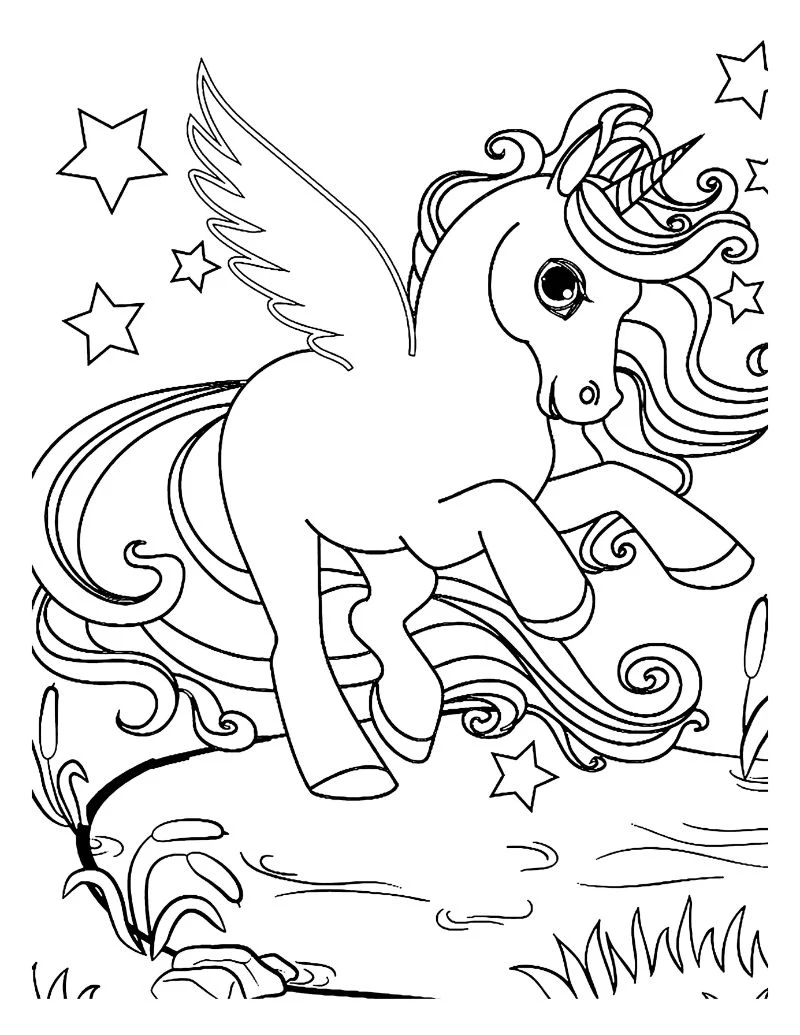
Let’s go beyond just downloading a picture. I want to pull back the curtain and show you how to turn a simple coloring session into a powerhouse of learning and fun.
Why Coloring Is a Full-Brain Workout
When your child is coloring, their brain is firing on all cylinders. It’s not mindless scribbling; it’s a complex process that strengthens their mind and body in ways you might not expect.
Building Strong Hands for Writing
The most obvious benefit is the development of fine motor skills. It’s a term we hear a lot, but what does it really mean? It’s all about strengthening those tiny muscles in the hands and wrists that are crucial for buttoning a shirt, tying shoes, and, you guessed it, holding a pencil.
Holding a crayon or colored pencil encourages what’s known as the pincer grasp—pinching an object between the thumb and forefinger. Coloring makes them practice this grip, and the pressure they need to apply builds muscle. By the way, those cheap, waxy crayons that you have to press down on? They can actually be fantastic for the youngest kids to build that initial hand strength.
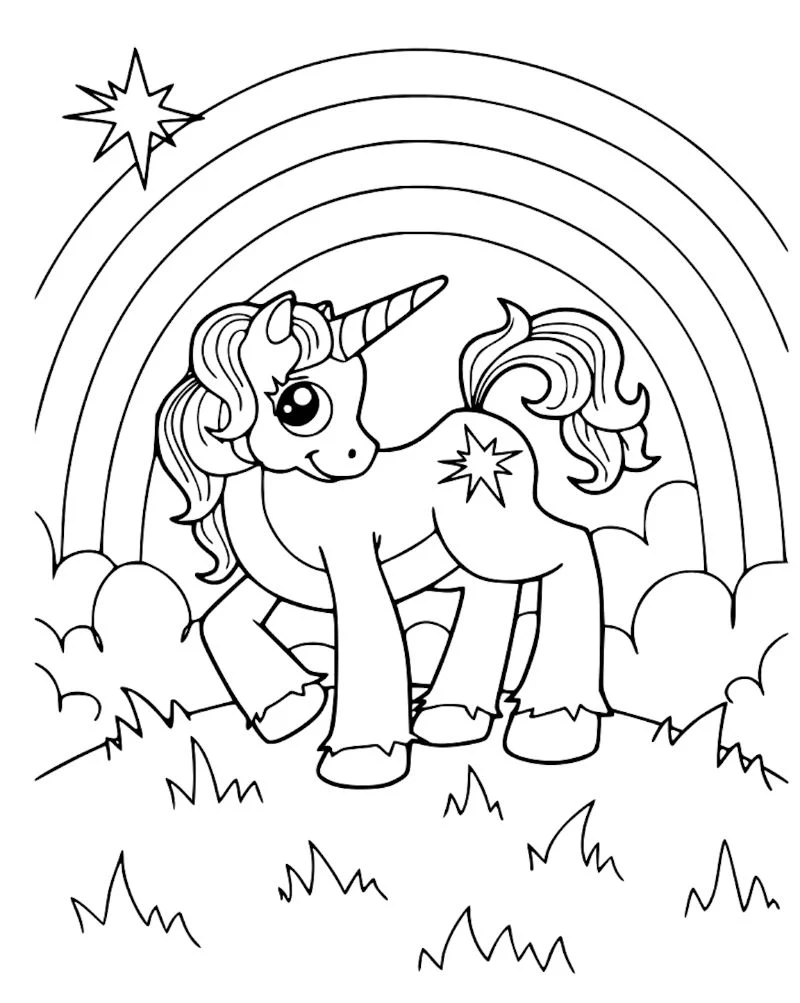
This is also a masterclass in hand-eye coordination. The brain sees the lines, tells the hand how to move, and then adjusts based on the results. Every single stroke refines that feedback loop.
Getting Both Sides of the Brain to Cooperate
Our brains have two halves, and coloring is one of those rare activities that gets them to work together beautifully.
The left side is our logical brain. It loves order and rules. When a child tries to stay inside the lines, that’s their left brain solving a puzzle. Choosing which section to color next is also a logical step-by-step process.
The right side is our creative, emotional hub. This is where color choice and pure imagination live. Why a sparkly blue unicorn with a rainbow horn? That’s the right brain talking. It gives kids a way to express feelings and ideas that they don’t have the words for yet.
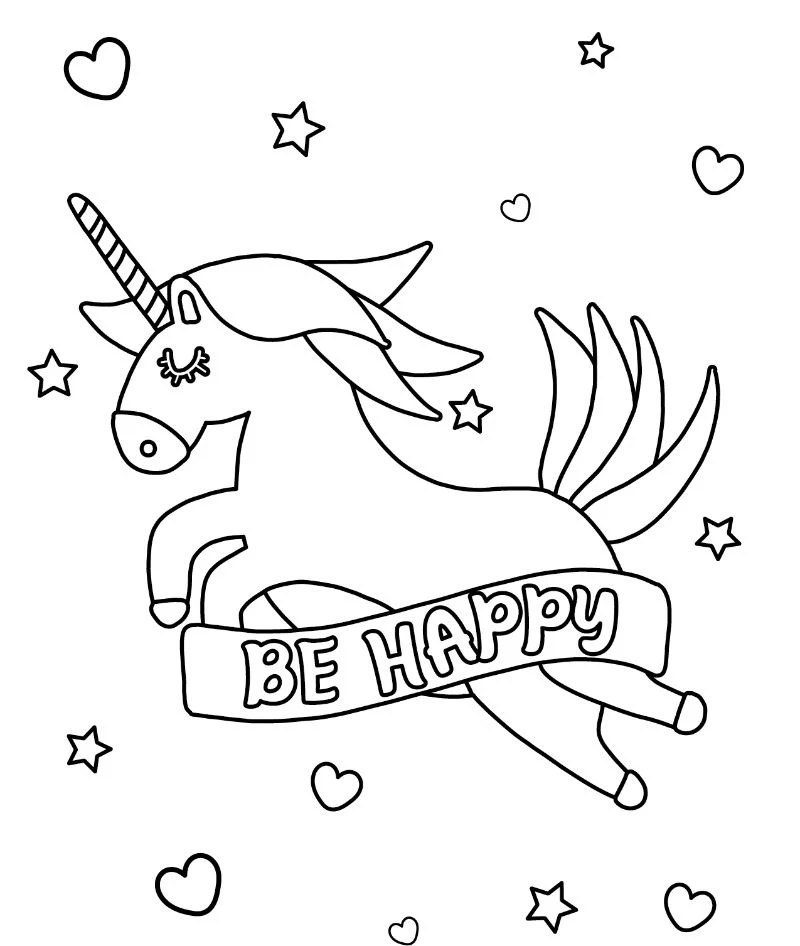
When both sides are engaged like this, it creates an amazing state of focus. It’s why coloring can feel so calming, even for us grown-ups. It literally occupies the whole brain, pushing worries aside.
Pro-Level Coloring: Tools and Tricks of the Trade
I always tell kids that they are artists, and artists know how to use their tools. You don’t need to spend a fortune, but knowing a few simple techniques can turn a flat picture into something that feels alive. It’s a huge confidence booster!
Choosing Your Coloring Weapon
The big three are crayons, colored pencils, and markers. Honestly, I recommend having all three on hand because they teach different skills.
- Crayons: Perfect for toddlers and preschoolers. They’re durable, and their waxy texture forces kids to apply pressure, which is great for building hand strength. The mess factor is pretty low, but they aren’t great for fine details. A standard 24-pack of Crayola crayons is a classic for a reason and will only set you back about $3.
- Colored Pencils: These are the next step up, ideal for kids 5 and up. They allow for much more detail and control. This is where you can start teaching cool techniques like shading and blending. You don’t need a fancy $50 set; a solid pack of Crayola or Prang colored pencils for around $5 is perfect for learning.
- Markers: Kids love the bold, vibrant color of markers. They’re fantastic for making a picture pop. The downside? The mess factor is high. They can bleed through paper and stain clothes and tables. For markers, it’s worth getting a brand like Crayola that makes washable versions.
Heads up! If your kid loves markers, always slip a piece of cardboard or a few extra sheets of paper underneath their coloring page. Trust me, it’ll save your kitchen table from becoming a permanent modern art installation.
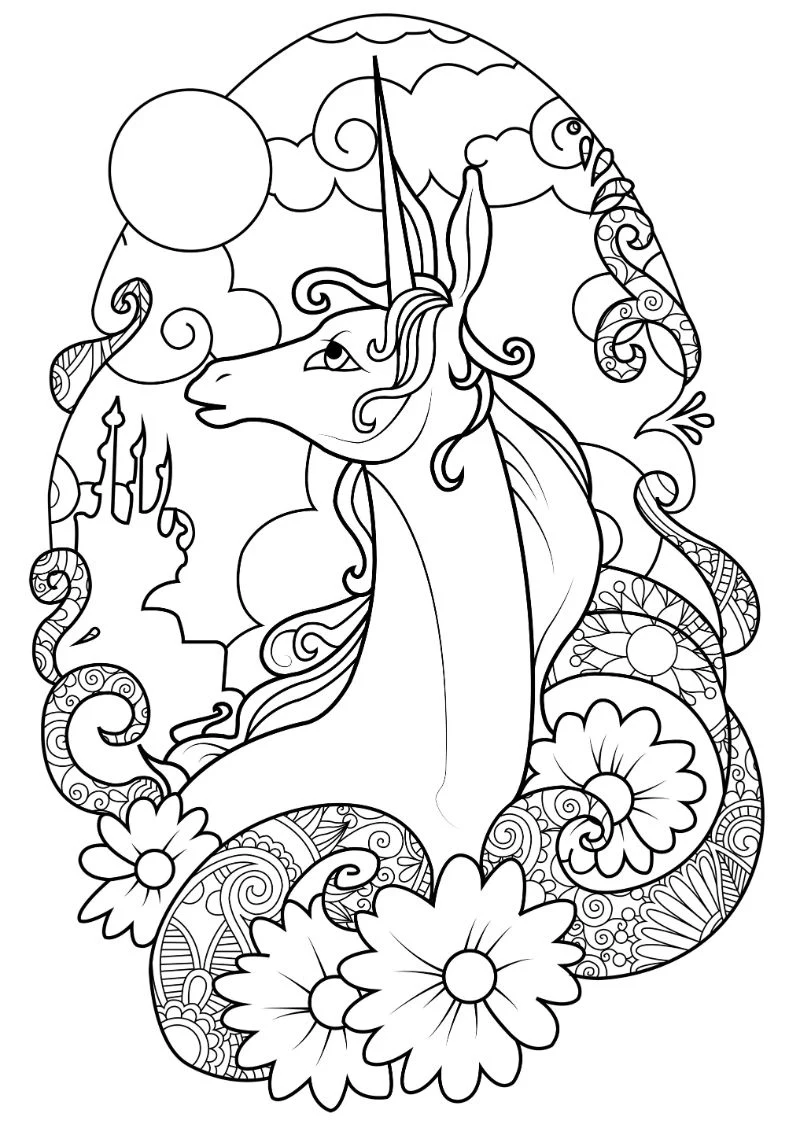
Techniques to Try Right Now
Ready to level up? Here are a few simple tricks you can teach your child.
1. The Magic Wax Trick (Wax Resist): This one blows their minds every time. First, have your child draw patterns, stars, or secret messages on the unicorn using a white or yellow crayon. They need to press down pretty hard. Then, mix some watercolor paint (a little bit of paint with plenty of water) and brush it right over the drawing. The waxy crayon repels the paint, and the secret patterns magically appear! It’s pure delight.
2. Simple Shading: Teach your child that they can get light and dark from the same colored pencil. Pick one area, like the unicorn’s leg. Have them color the whole leg lightly. Then, challenge them to press a little harder along the edge to create a shadow. It adds instant depth and makes the picture look more three-dimensional.
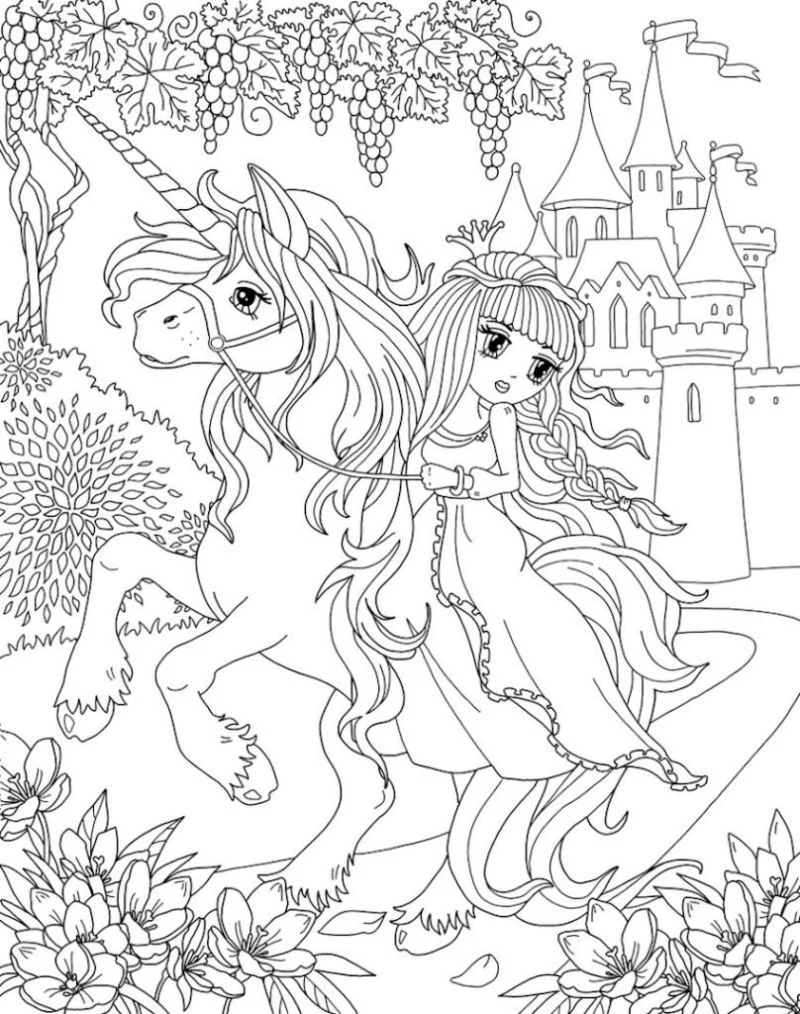
3. A Little Pro-Tip: After they’re all done coloring, grab a white colored pencil. Add a tiny white dot to the unicorn’s eye and a little highlight streak on its horn and mane. It takes about 10 seconds and makes the entire drawing POP. They’ll be so proud.
Help! My Kid Is… (Common Coloring Problems)
From my experience, a few common hurdles can pop up during art time. Here’s how to handle them.
- …frustrated they can’t stay in the lines. This is a big one. The best thing you can do is praise the effort and their color choices, not the perfection. Say things like, “I love the bright red you chose for the mane!” Remind them that coloring is about having fun, not passing a test.
- …just scribbling everywhere. For toddlers, scribbling isn’t a mistake—it’s a crucial developmental stage! It’s how they explore cause and effect (“When I move my arm like this, a mark appears!”). Let them scribble. Give them big paper and let them go for it.
- …only using ONE color. Don’t panic! This is actually a phase where they’re exploring a color they love. You can gently encourage variety by saying, “That’s a beautiful blue! I wonder what color the horn would look like?” But if they insist on an all-blue unicorn, that’s okay too. It’s their masterpiece.
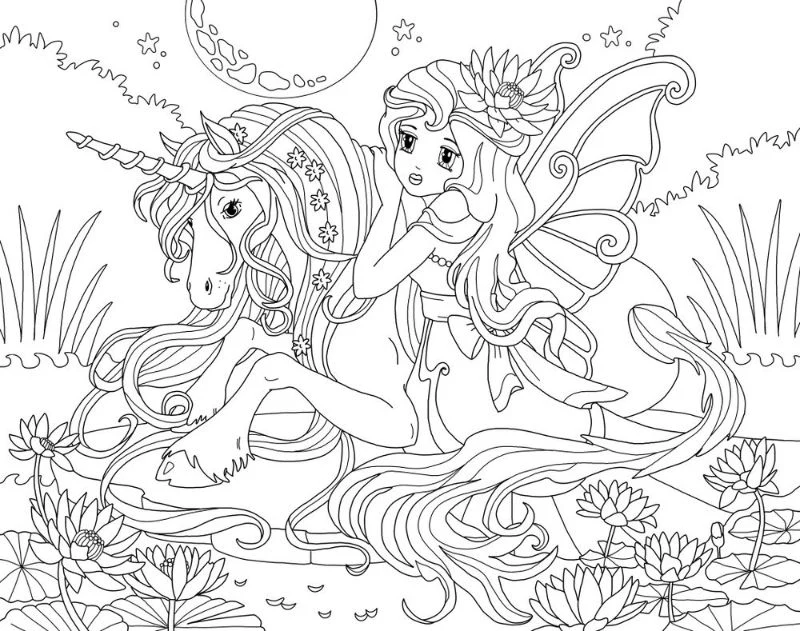
Your Go-To Starter Kit (for Under $15)
You really don’t need to break the bank to get started. Here’s my foolproof, budget-friendly art kit.
- A pack of 24 Crayola Crayons (about $3).
- A pack of 12 Crayola Colored Pencils (about $4-5).
- A ream of standard printer paper (around $7 at any office supply store or Target).
- Free online printables! A quick search for “free high-quality unicorn coloring pages” will give you endless amazing options from talented artists.
And that’s it. For less than the price of two fancy coffees, you have everything you need for hours of creative, brain-building fun. So next time you pull out those coloring sheets, remember that you’re not just buying yourself a moment of quiet—you’re giving your child a powerful tool for growth.
Inspirational Gallery
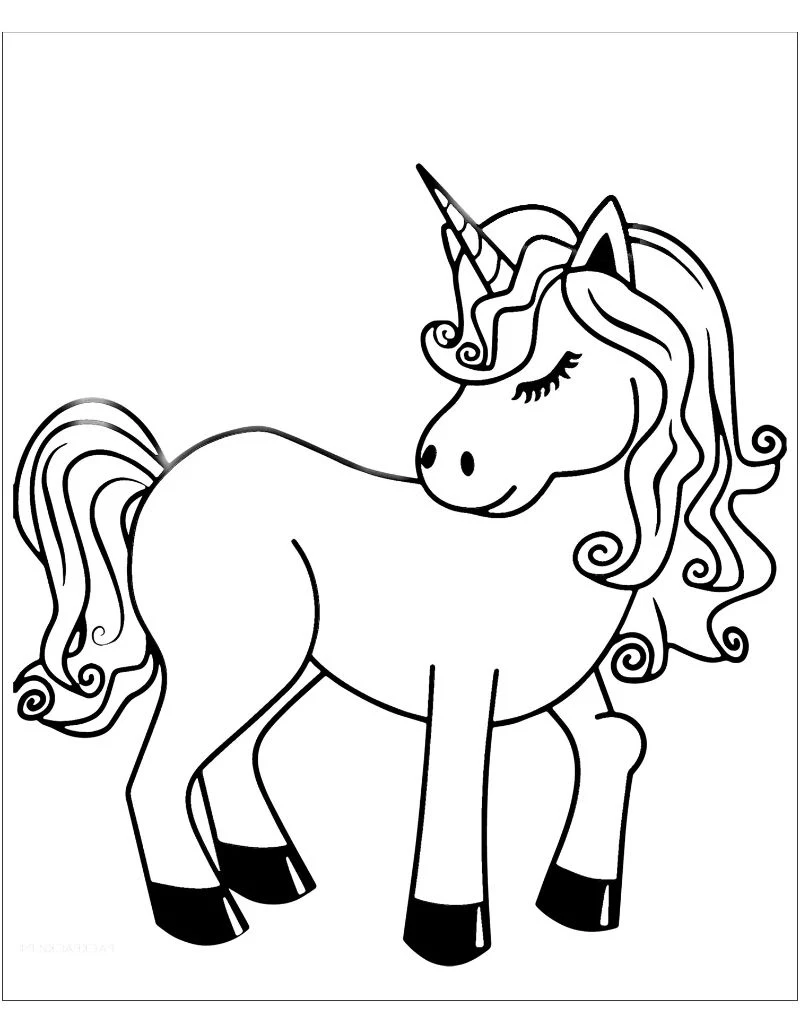
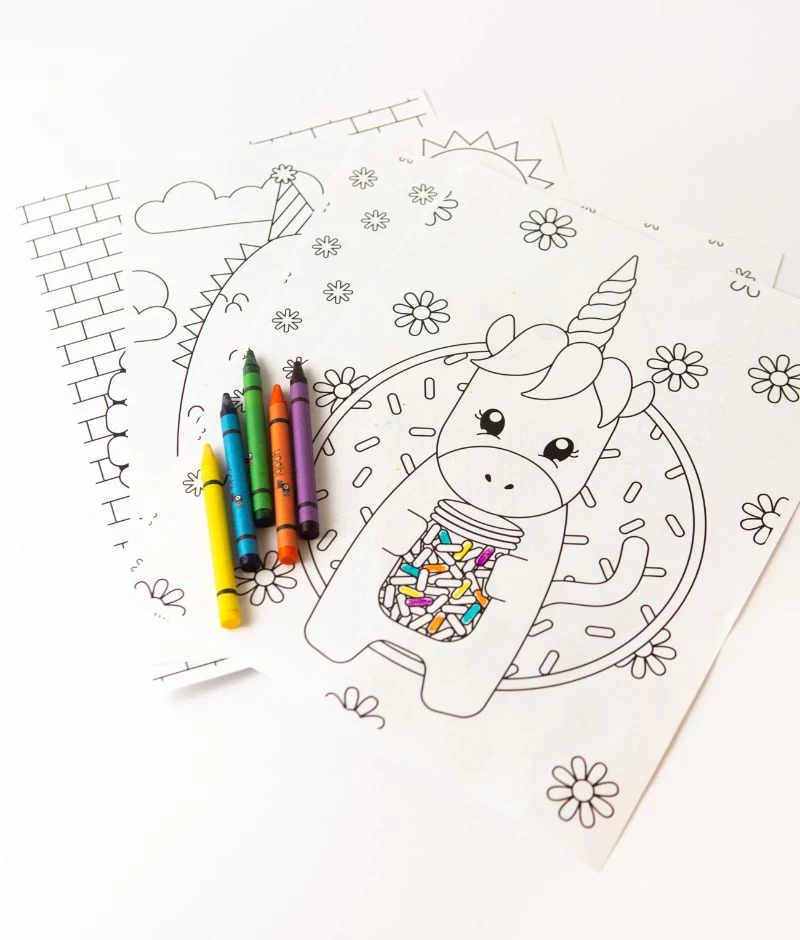
Crayola Crayons: The classic choice for a reason. Their waxy texture requires firm pressure, which is fantastic for building hand and finger strength in young children. They are perfect for bold, solid color fields.
Pentel Oil Pastels: For a completely different sensory experience, try oil pastels. They are soft, buttery, and blend beautifully with just a finger smudge. They teach kids about color mixing and texture, turning their unicorn’s mane into a silky, blended rainbow.
The best approach is to have both on hand to suit different moods and developmental goals.
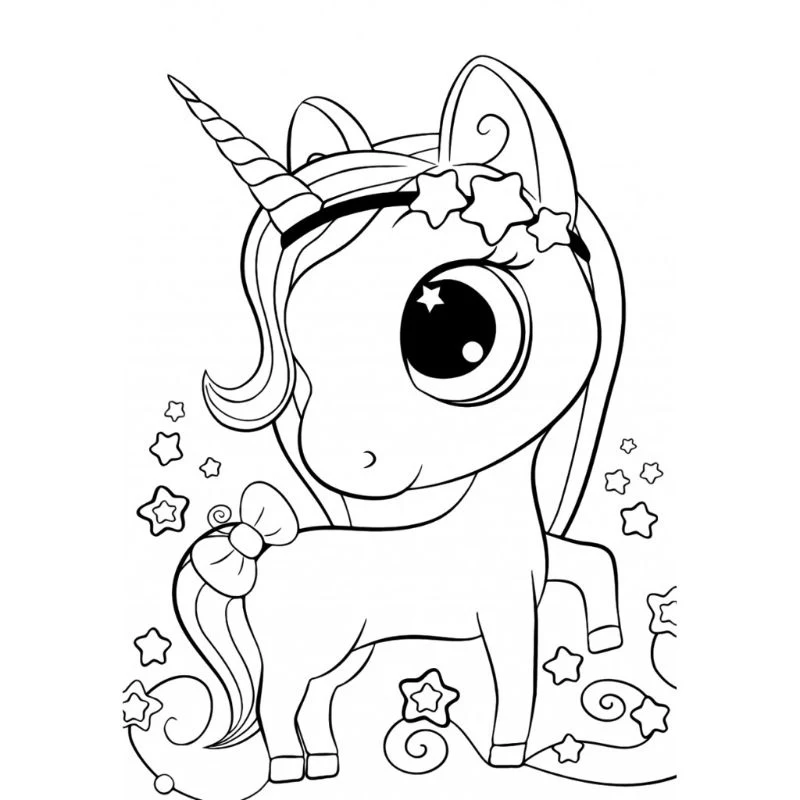
Creativity is intelligence having fun.
This famous quote is the perfect mantra for a unicorn coloring session. It’s not about creating a perfect piece of art, but about letting the mind play freely with color, fantasy, and possibility. The goal is the joy of the process, not just the final product on the page.
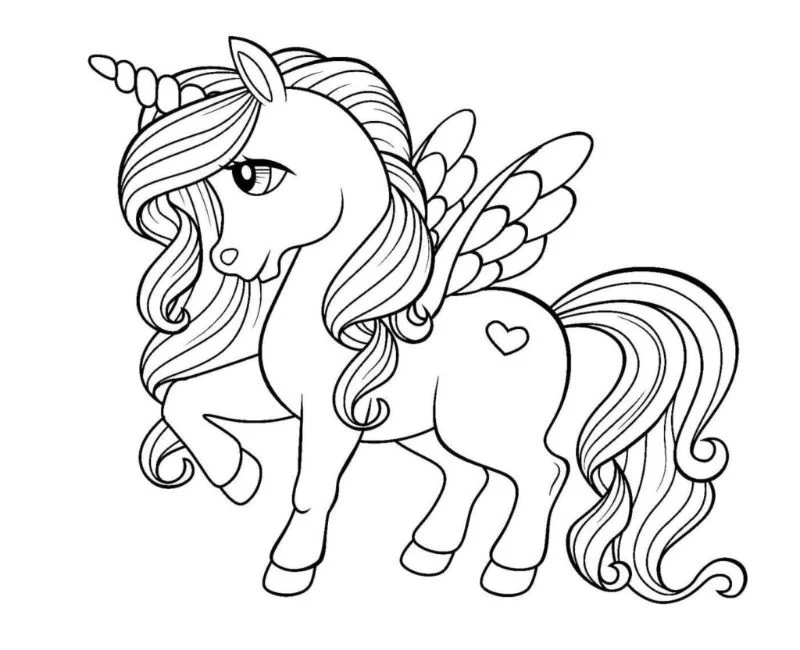
Turn your child’s finished unicorn into a mixed-media treasure. Once the coloring is done, introduce a few simple craft supplies to bring it to life:
- Use a fine-tipped glue pen to trace the horn and sprinkle on silver glitter for a magical sparkle.
- Add small, self-adhesive rhinestones to the stars in the background.
- Fluff up cotton balls and glue them on for soft, three-dimensional clouds.
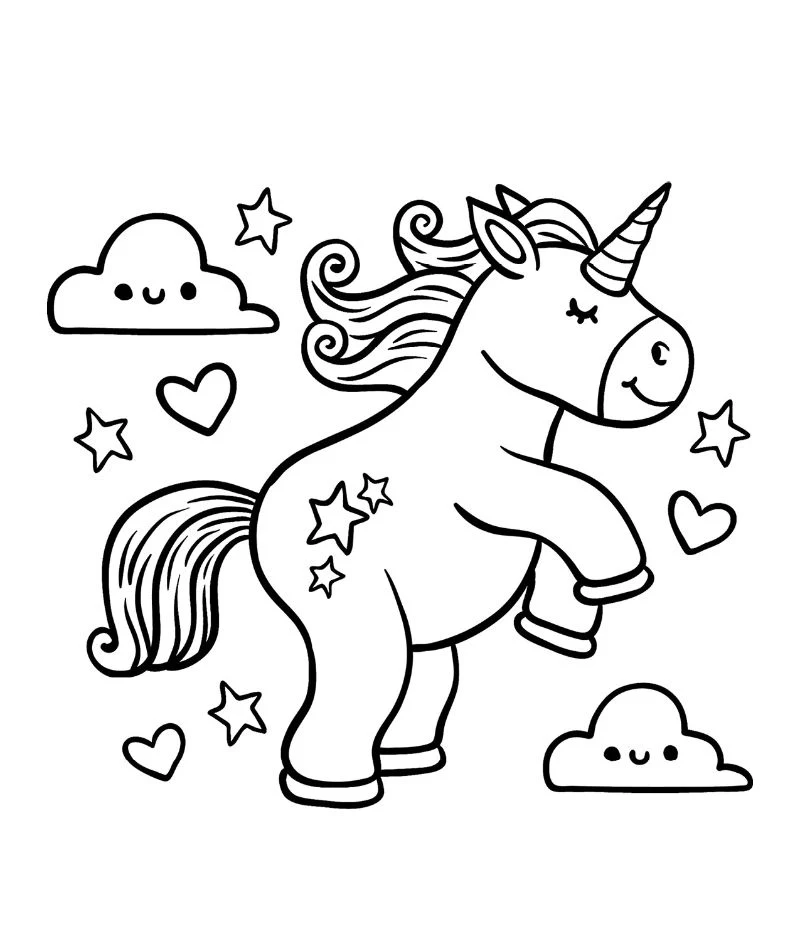
A key detail that makes a huge difference: the quality of your paper. Printing your unicorn pages on slightly heavier paper, like a 90 gsm or 110 gsm cardstock, can transform the experience. Markers won’t bleed through, colored pencils will blend more smoothly, and the finished artwork feels more substantial and special. It’s a small change that yields very professional results.
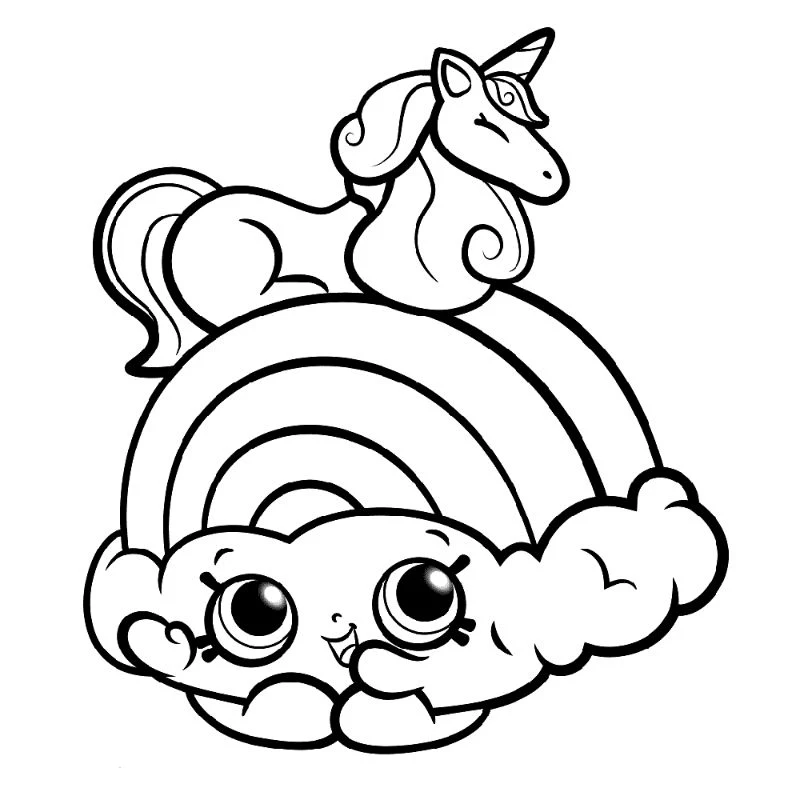
My child only wants to color the whole unicorn pink! How can I encourage variety?
Celebrate their choice first! Then, turn it into a game of shades. Offer them three different pinks—a light pastel, a vibrant magenta, and a peachy-pink—and challenge them to use all three. You can also introduce a single “surprise” color, like a sparkly gold gel pen, suggesting it’s the unicorn’s ‘secret power’ color, to be used only on the horn or hooves. It respects their preference while gently expanding their palette.
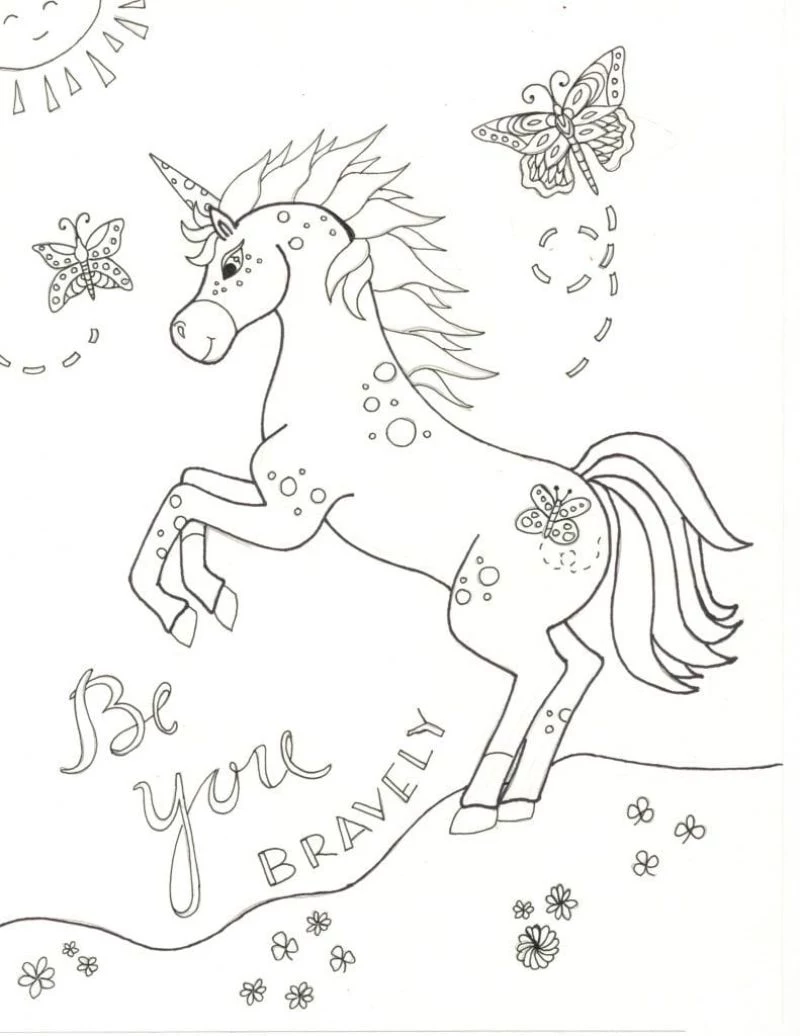
- The colors will appear richer and more vibrant.
- The unicorn will seem to pop right off the page.
- It creates a sense of mood and place for the character.
The secret? Coloring the background! Many kids stop once the main figure is done. Encourage them to fill the space around the unicorn. A simple wash of light blue for the sky or green for a field, done with the side of a crayon, can make their central creation stand out dramatically.
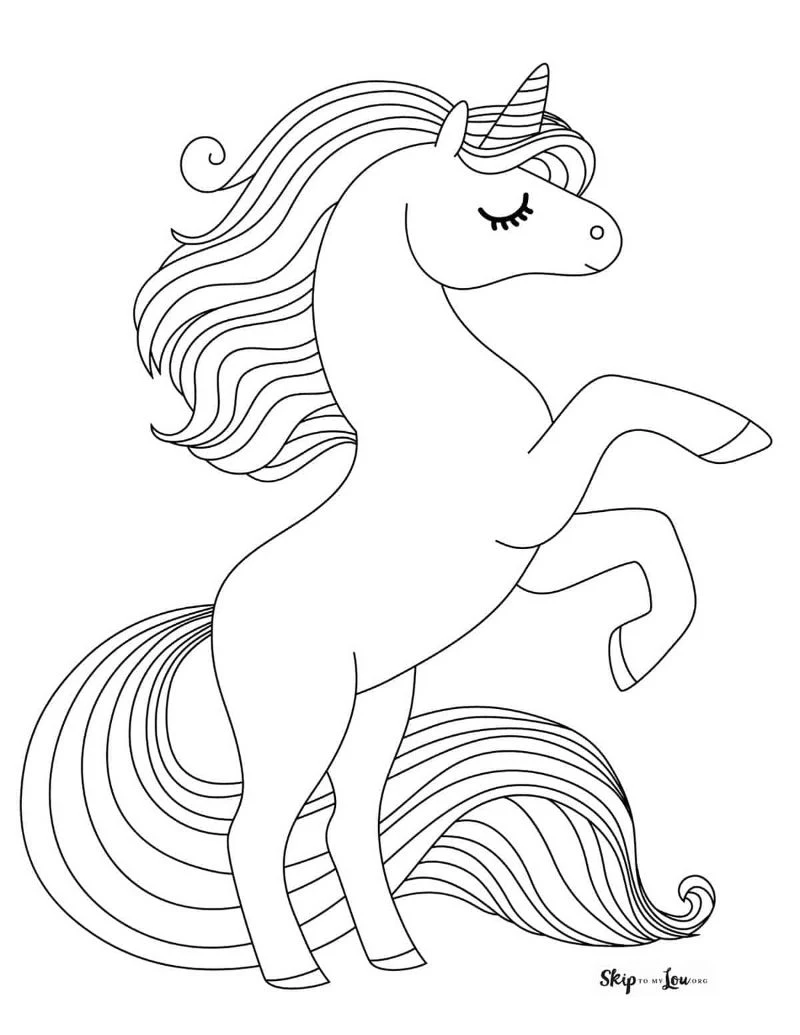
Instead of overwhelming a child with a giant box of crayons, try curating a small, themed color palette. This encourages creativity within constraints. For a unicorn, you could offer a ‘Sunset Magic’ palette with oranges, pinks, and purples, or a ‘Starlight’ set with dark blues, silver, and yellow. This simple trick feels special and can lead to more harmonious and striking results.
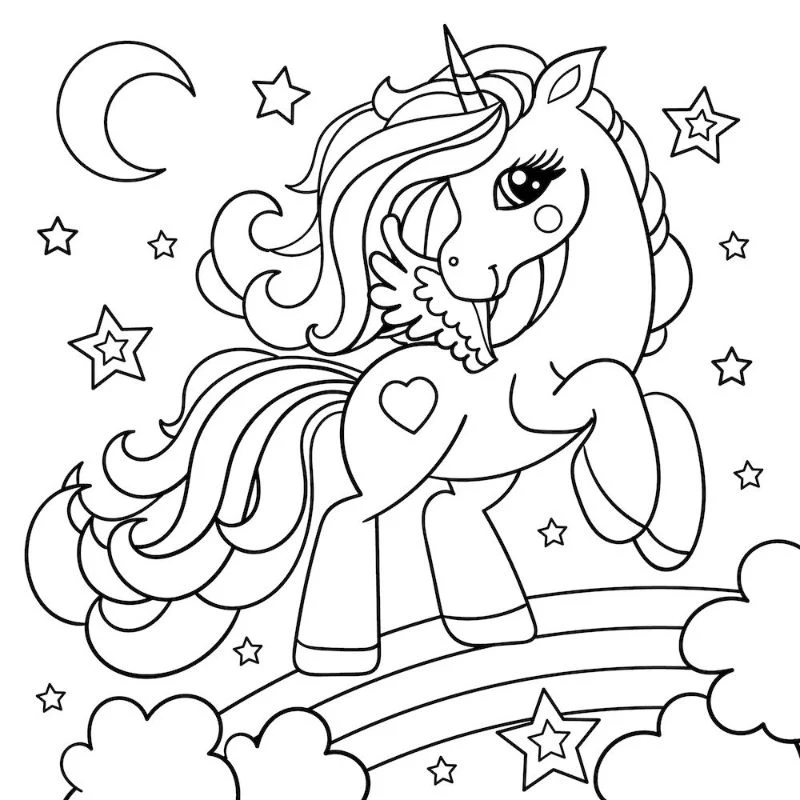
A 2017 study showed that coloring can significantly reduce symptoms of anxiety and improve mindfulness, even in a short session.
This isn’t just true for adults. When a child focuses on the simple, repetitive motion of coloring a unicorn, it provides a break from overstimulation. It helps regulate their breathing and heart rate, making it an ideal quiet-time activity after a busy day at school or before settling down for bed.
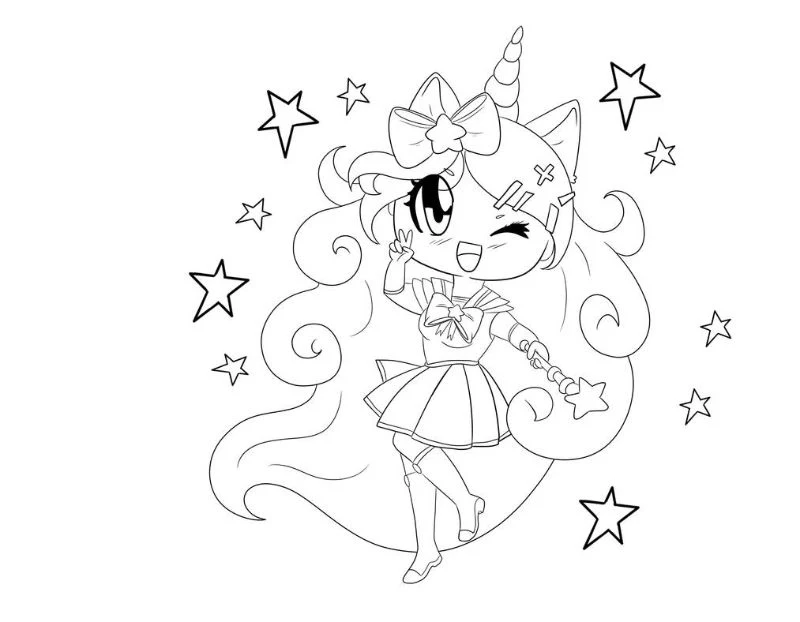
Don’t let those beautiful creations pile up in a drawer. Give them a purpose! Here are a few ideas:
- Carefully cut out the colored unicorn and glue it onto sturdy cardstock to make a bookmark.
- Scan the finished artwork and use a site like Canva to turn it into personalized greeting cards.
- Create a ‘Unicorn Gallery’ by hanging them with decorative clothespins along a string in their room.
- Use one as the cover for a homemade storybook, with blank pages inside for them to write the unicorn’s adventures.
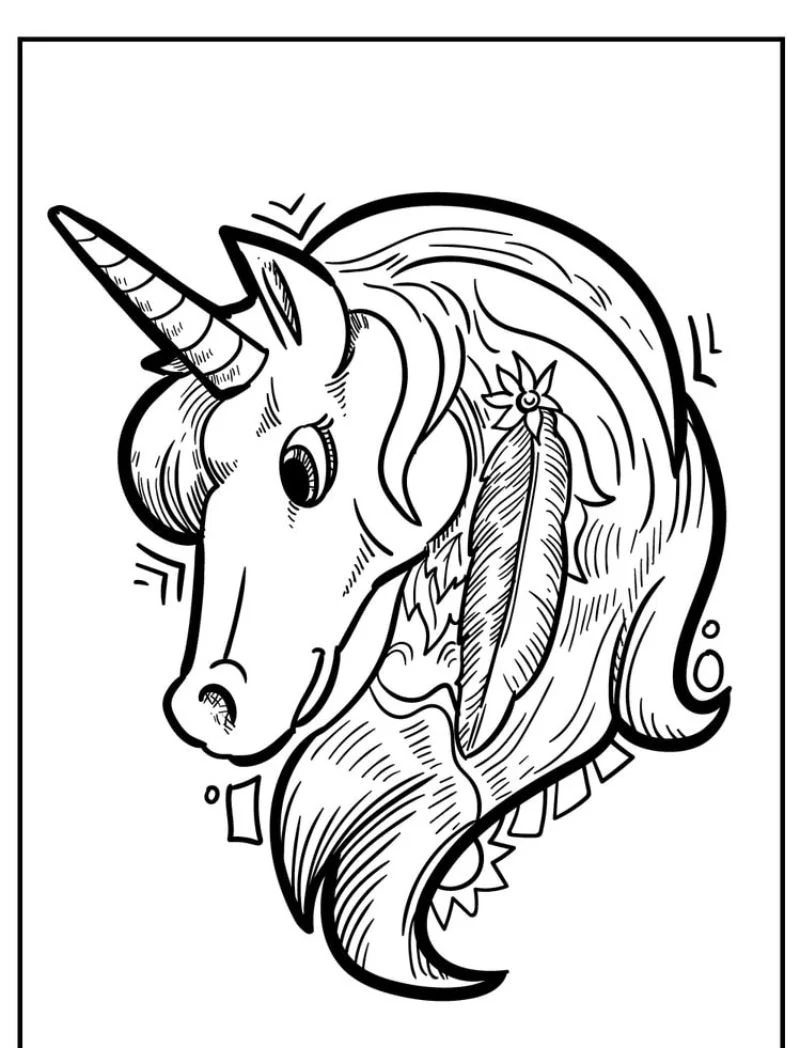
Ready for the next level of coloring tools?
Introduce watercolor pencils. Brands like Faber-Castell and Staedtler offer excellent starter sets. Your child colors the unicorn as they would with normal pencils. Then, you give them a small cup of water and a brush. As they gently paint over their coloring, the pigment dissolves and transforms into beautiful, transparent watercolor paint. It’s a moment of pure magic that introduces them to a whole new medium.
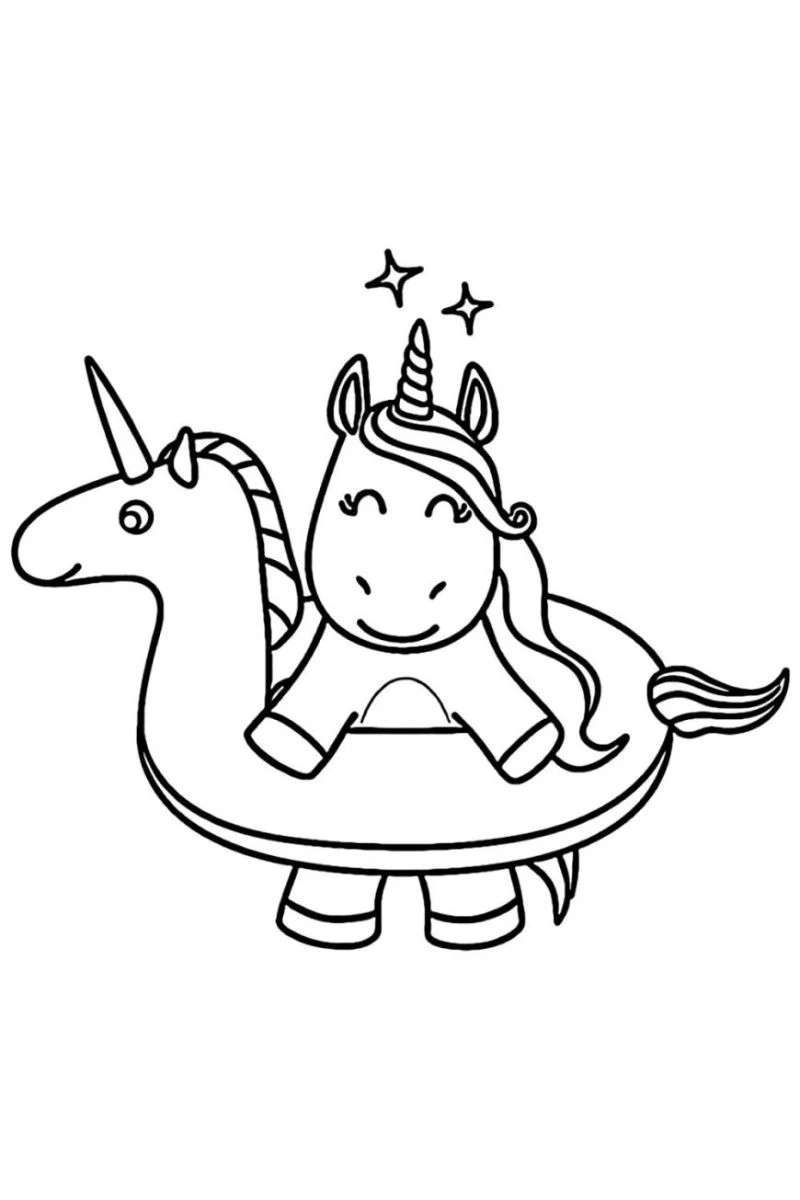
Introduce the concept of light and shadow in the simplest way possible. After they’ve colored the unicorn, give them a single grey or light blue pencil. Show them how to add a little bit of shading on the side of the unicorn’s belly that’s away from the ‘sun’ (you can even draw a little sun in the corner of the page). This simple step adds instant depth and a sense of three-dimensional form.

The word “unicorn” comes from the Latin “unicornis,” meaning “one-horned.” Descriptions of the creature date back to Greek writers in the 4th century BC, though they likely described a rhinoceros!
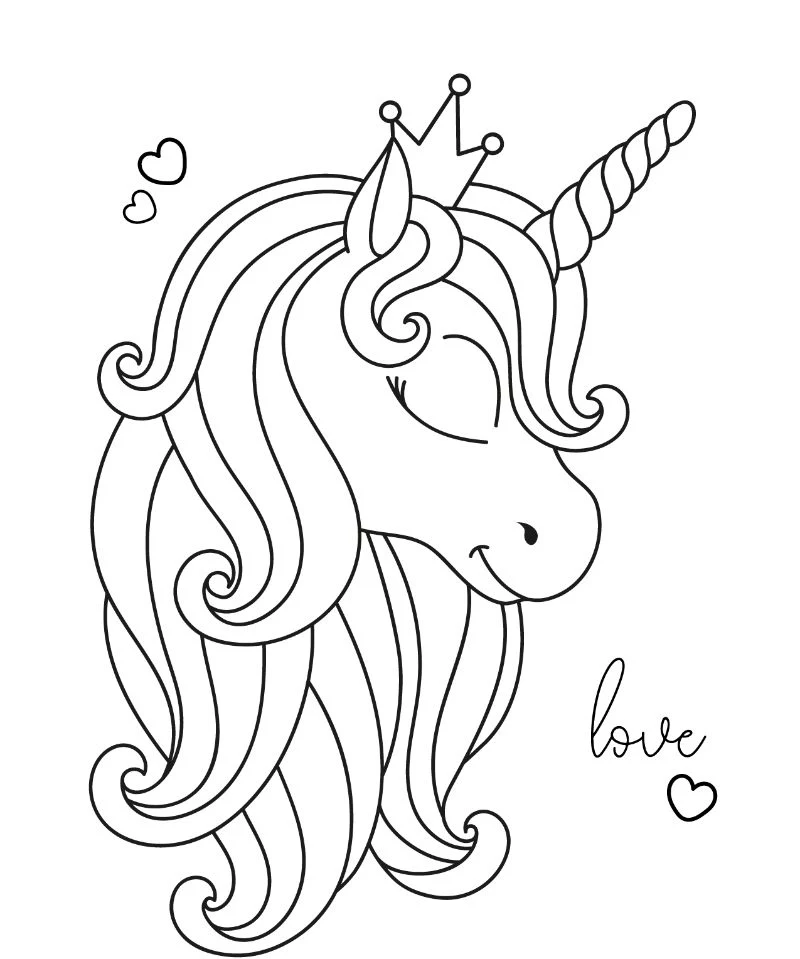
Important point: Coloring outside the lines is not a mistake; it’s an exploration. When a child colors with big, energetic strokes that go past the boundaries, they are expressing freedom and confidence. Instead of correcting them, praise the beautiful energy in their colors. Frame it as the unicorn’s ‘magical aura’ glowing around it. This builds creative confidence far more effectively than insisting on precision.
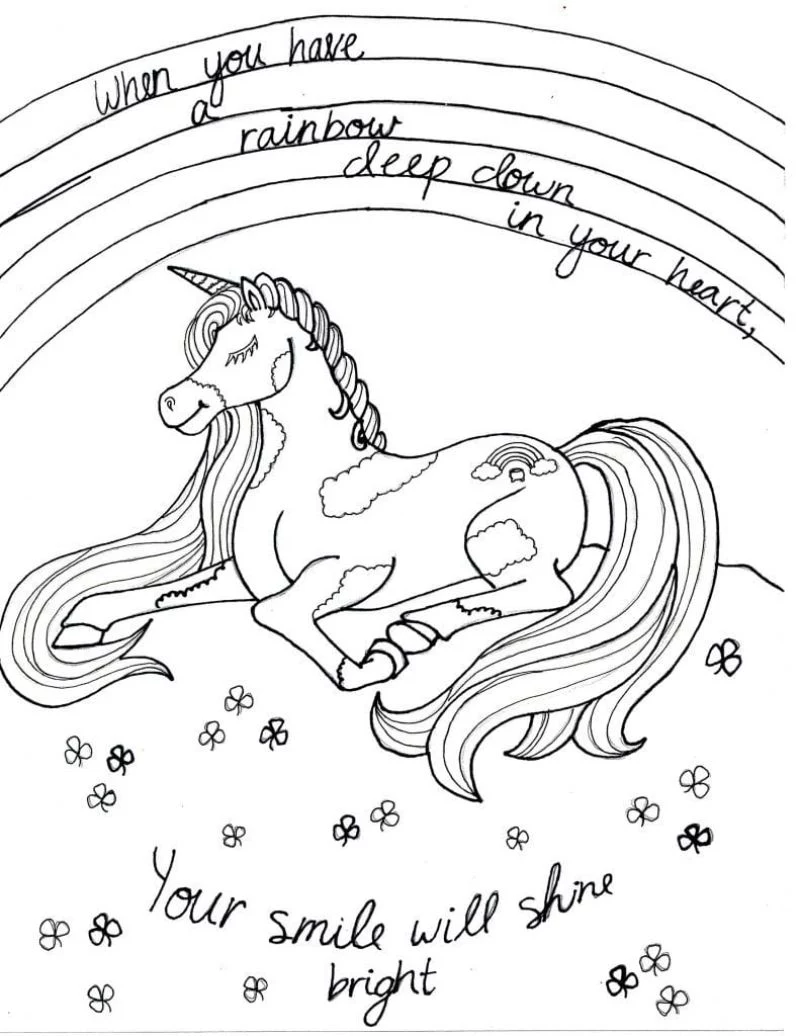
Challenge an older child to think like a designer by adding patterns. The large, open spaces on a unicorn’s body are a perfect canvas. They can fill different sections with patterns they invent themselves:
- Polka dots on the legs
- Stripes along the back
- Tiny hearts on the flank
- A checkerboard pattern on the mane
This elevates the activity from simple coloring to conscious design, engaging a different part of their creative brain.
Create a dedicated ‘Coloring Caddy’ to make the experience feel like a special ritual. Use a simple plastic organizer or a shoebox. Stock it with a curated selection of coloring pages, a set of sharpened pencils like Prismacolor Scholars, some Crayola markers, and maybe a special ‘tool’ like a white Sakura Gelly Roll pen for adding highlights. Having everything in one place makes it easy to start and, more importantly, easy to tidy up afterward.










